The Summer Triangle is one of the best-known asterisms in the night sky.
Made out of three bright stars – Deneb, Vega and Altair – it’s often among the first star patterns that newcomers to astronomy identify, because it’s so obvious to the naked eye.
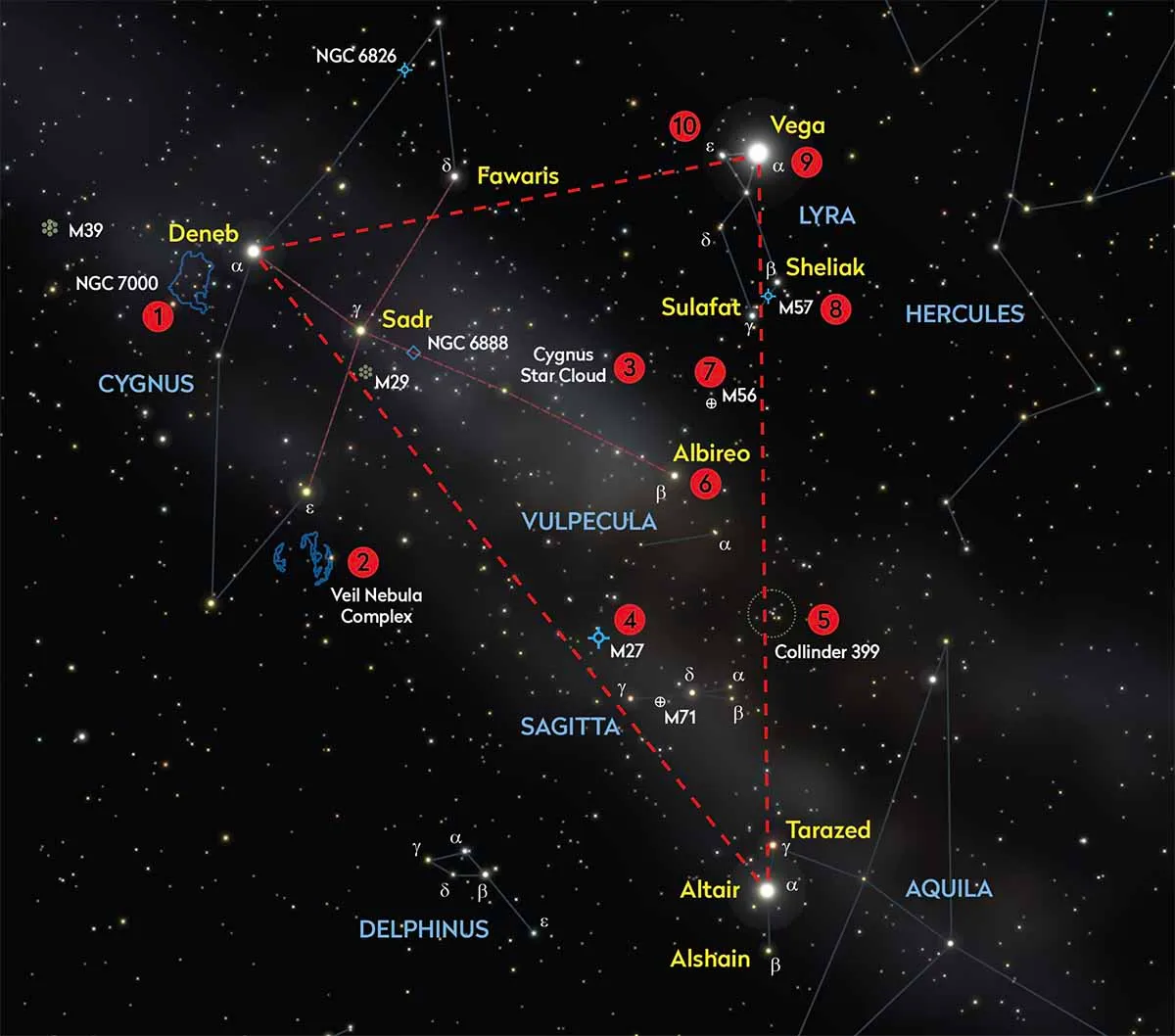
More experienced observers love it because a host of celestial summer sights can be found inside and around it, all of which are visible to the naked eye or through binoculars.
Wait until the darkest time of the balmy summer nights and look out for these 10 of the best.
10 targets to spot in the Summer Triangle
1. North America Nebula
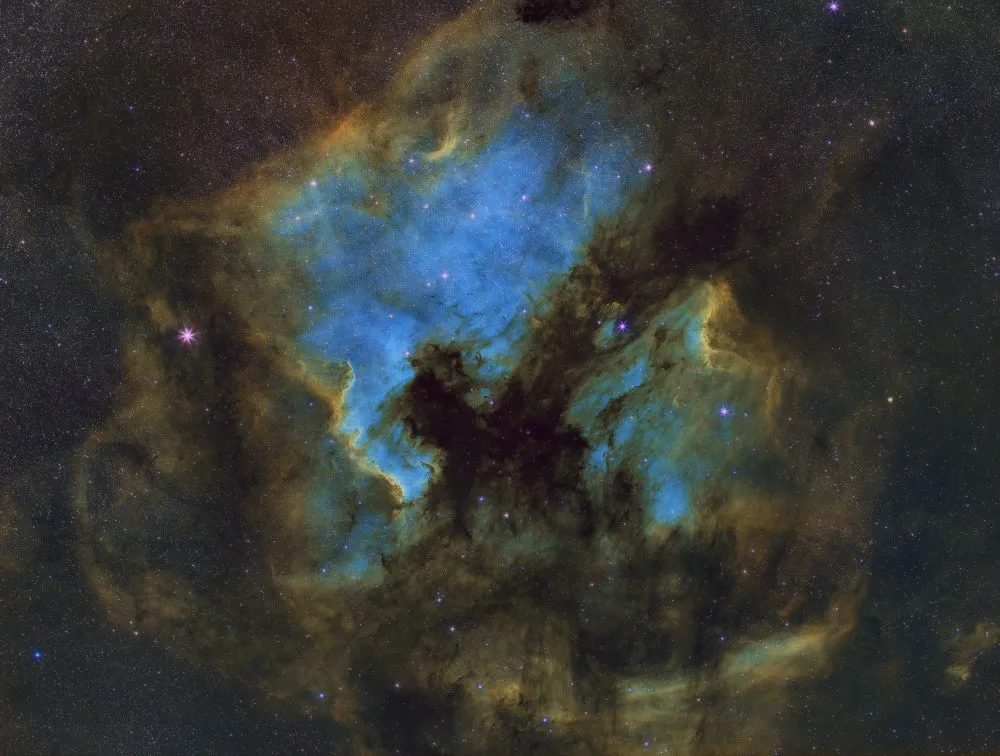
To the left of Deneb you’ll see, out of the corner of your dark-adapted eye, a large smudge around four times as wide as the Moon, known as the North America Nebula. Through a small telescope this huge, faraway cloud of gas and dust, NGC 7000, looks like North America.
2. Veil Nebula
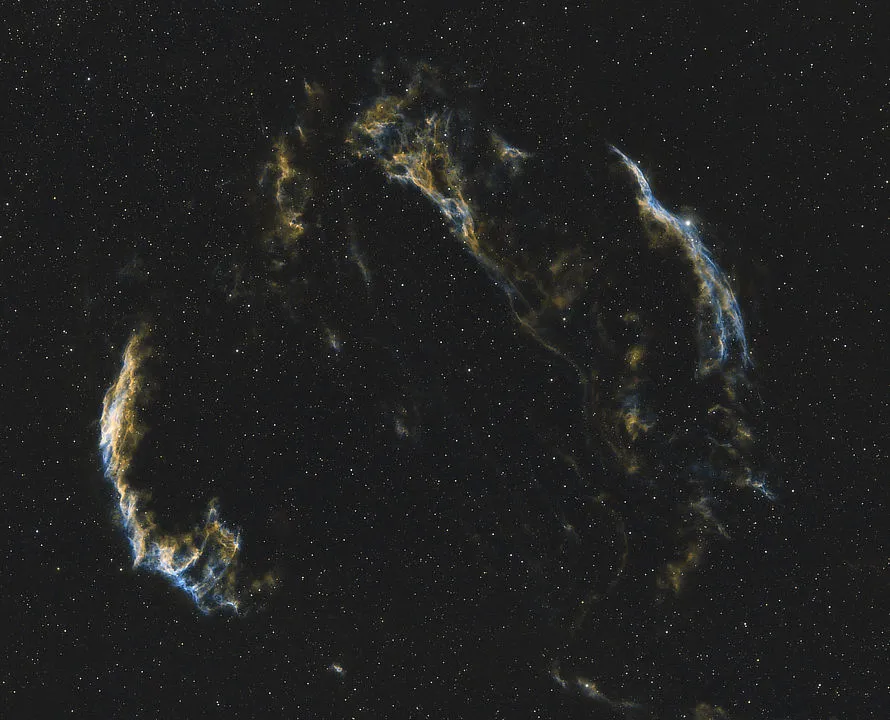
About 10,000 years ago, a huge star blew up in a supernova. All we can see of it now are faint arcs of misty light, known as the Veil Nebula Visible faintly through binoculars, it is best seen through a telescope, especially its brightest and densest sections.
3. Cygnus Star Cloud
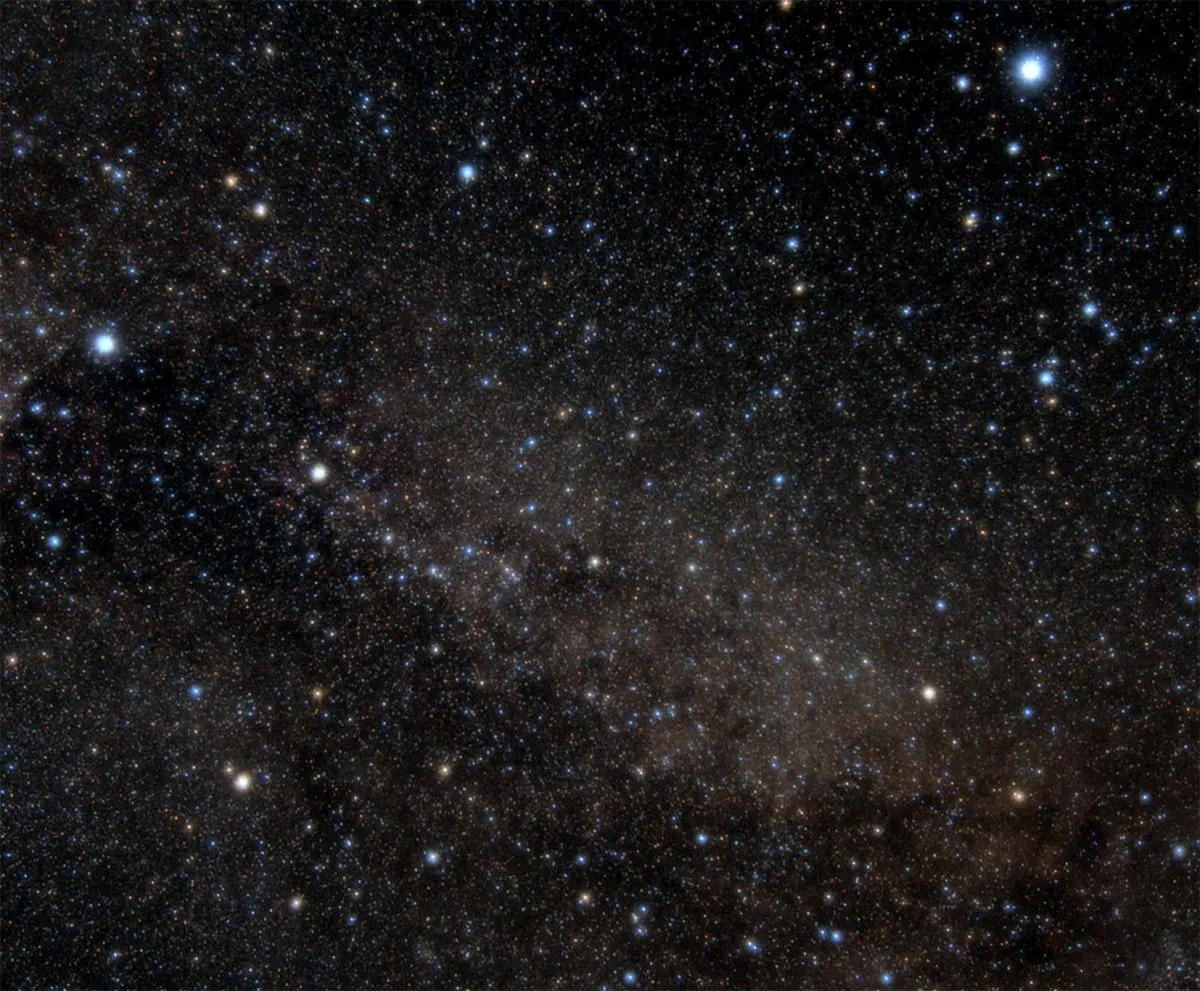
Running down the right side of the Northern Cross, this star cloud looks like it has been airbrushed on the sky by some astronomical artist. Switch to binoculars or small telescopes and it resolves into countless faint stars.
4. M27
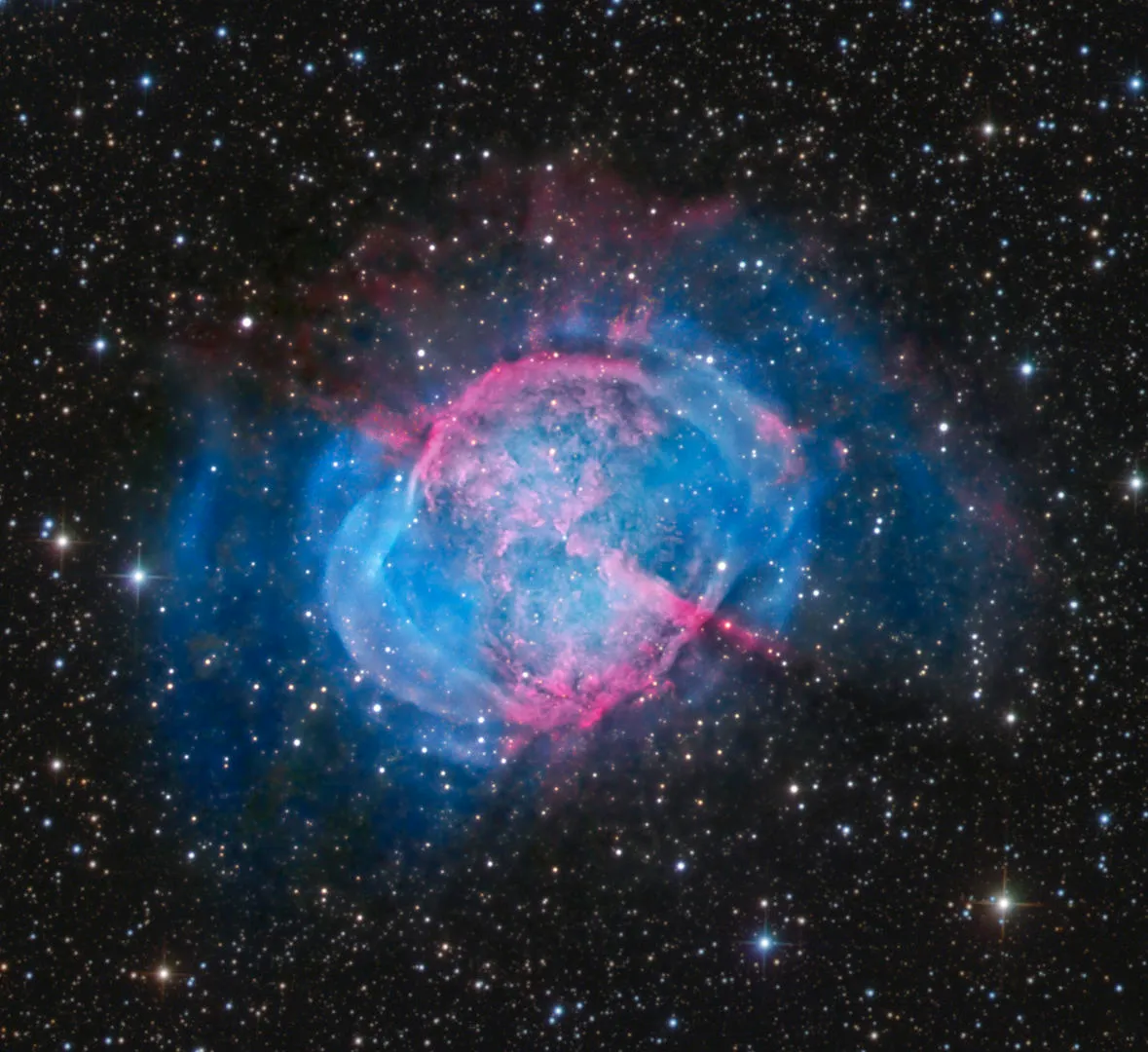
Seventh-magnitude M27, the Dumbbell Nebula, is often hailed as the most beautiful planetary nebula in the sky. It is visible in binoculars, but telescopes will reveal hints of its pale green colour.
5. The Coathanger
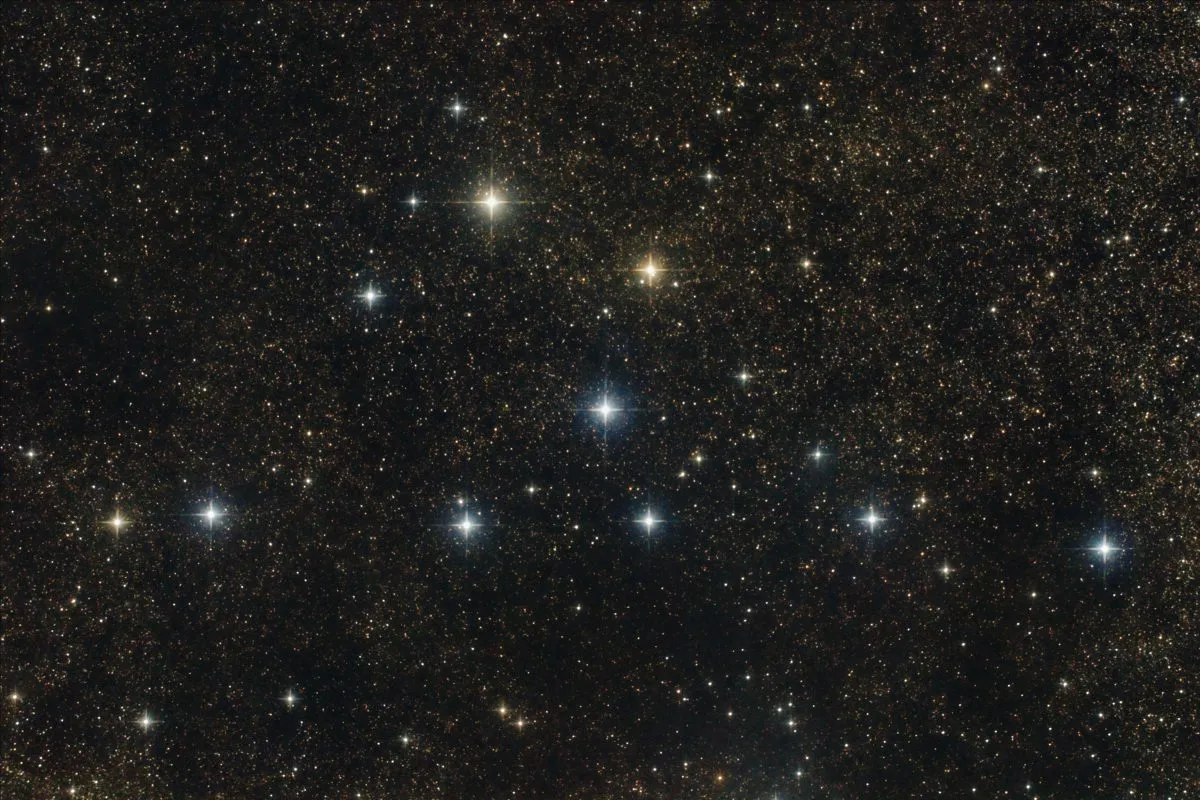
This small asterism is a spray of several dozen stars, the 10 brightest of which really do form the shape of a celestial coathanger! Almost all of the stars in the Coathanger asterism are blue, but one marmalade-orange star really stands out.
6. Albireo
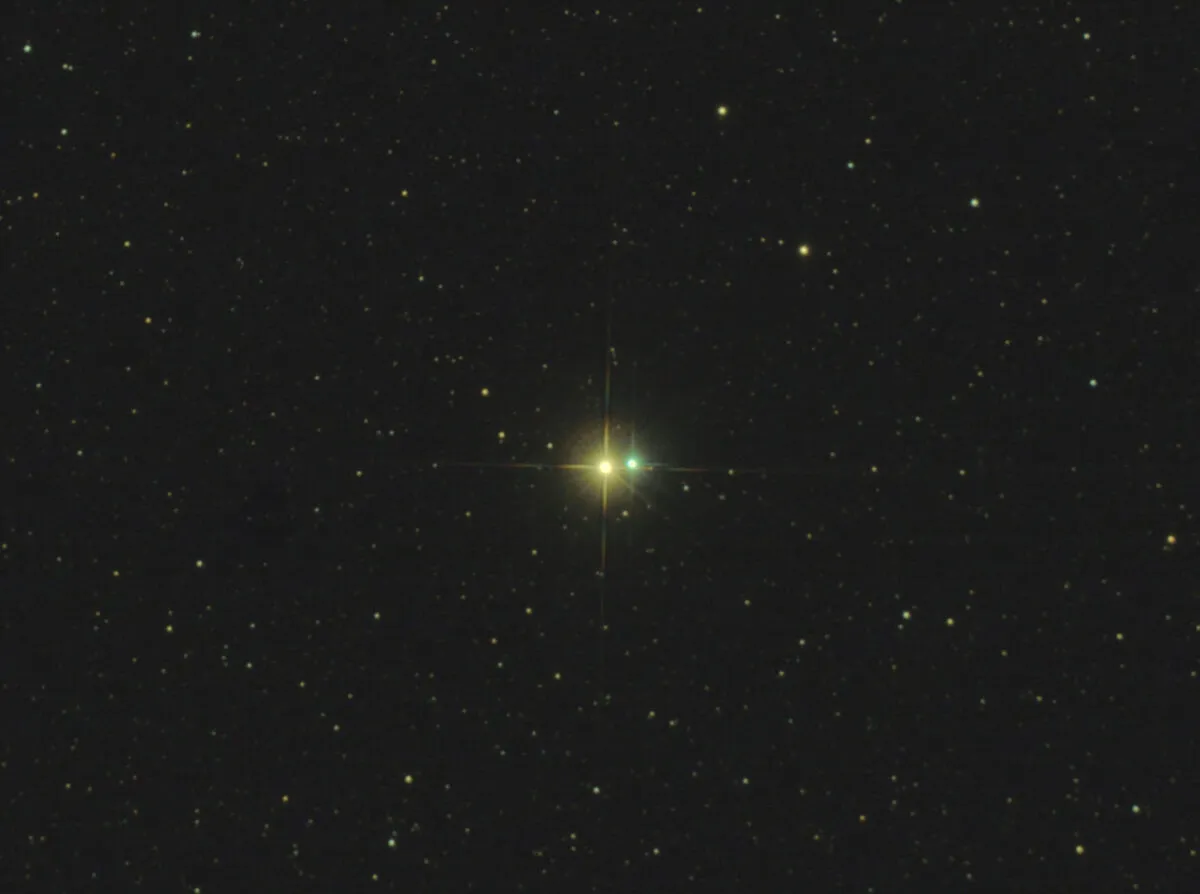
Albireo is one of the most popular double stars because of the contrasting colours of the pair – one a lustrous gold hue, the other a rich, azure blue – which are very obvious through even a small scope.
7. M56
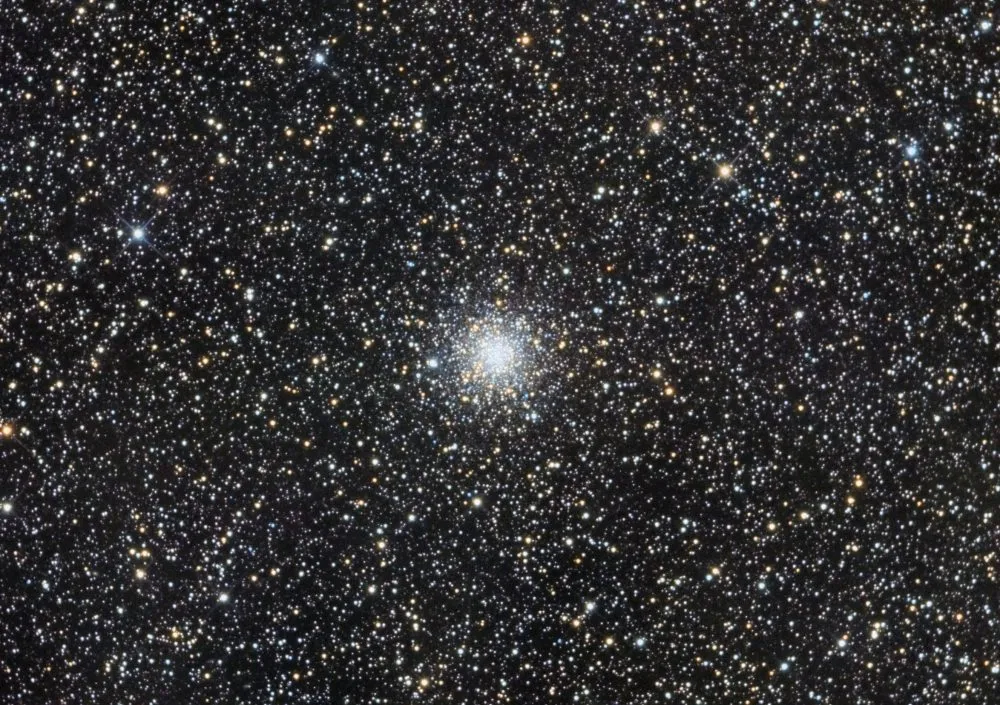
Although overshadowed by larger, brighter M13 nearby, this is still an attractive misty globular cluster in binoculars and small scopes. It lies 31,000 lightyears away and is a ball of thousands of suns.
8. M57
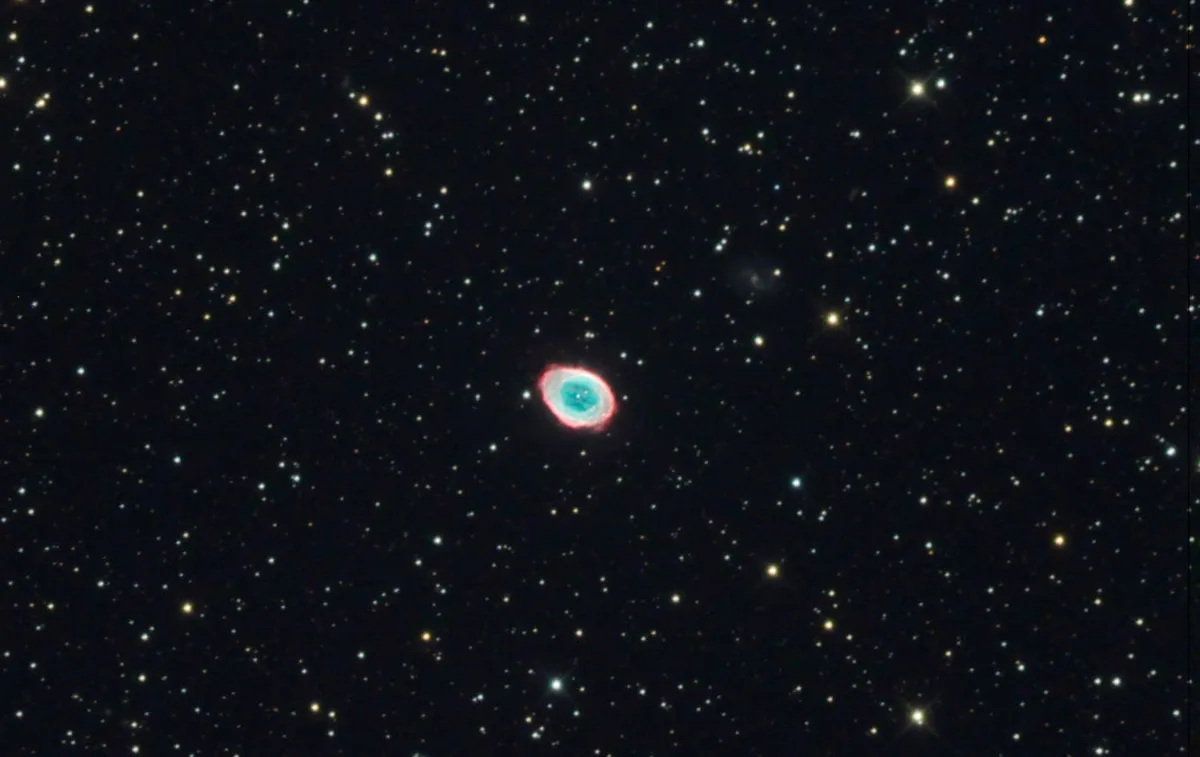
Look at this planetary nebula through binoculars or small telescopes and you’ll see why it’s known as the Ring Nebula: it is a small, oval, light grey smoke ring. This shell of gas and dust blown out by a dying star is around 2,300 lightyears away, and glows at magnitude +8.8.
9. Vega
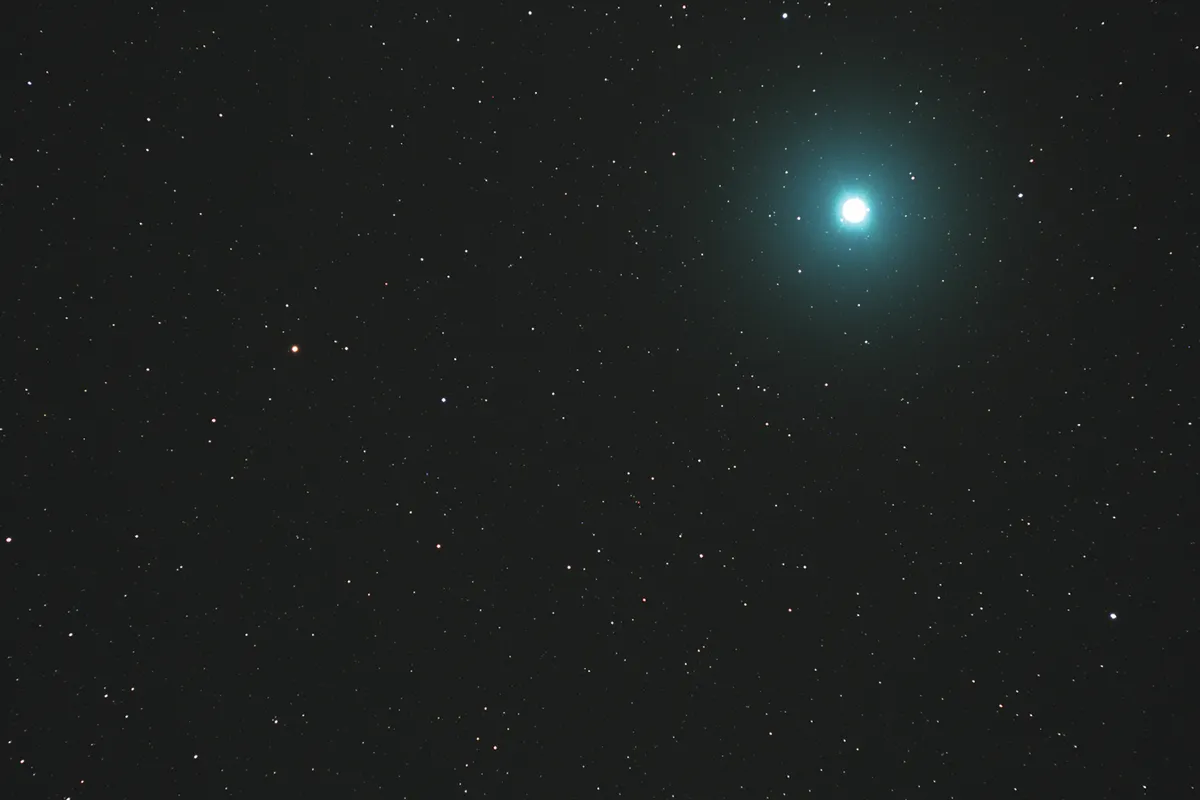
With a magnitude of +0.03, Vega is the fifth-brightest star in the sky. A blue-white star 25 lightyears away, it is also known as the Harp Star because of its position within the Lyre. In 210,000 years it will become the brightest star in the sky, shining at magnitude –0.8.
10. Epsilon Lyrae
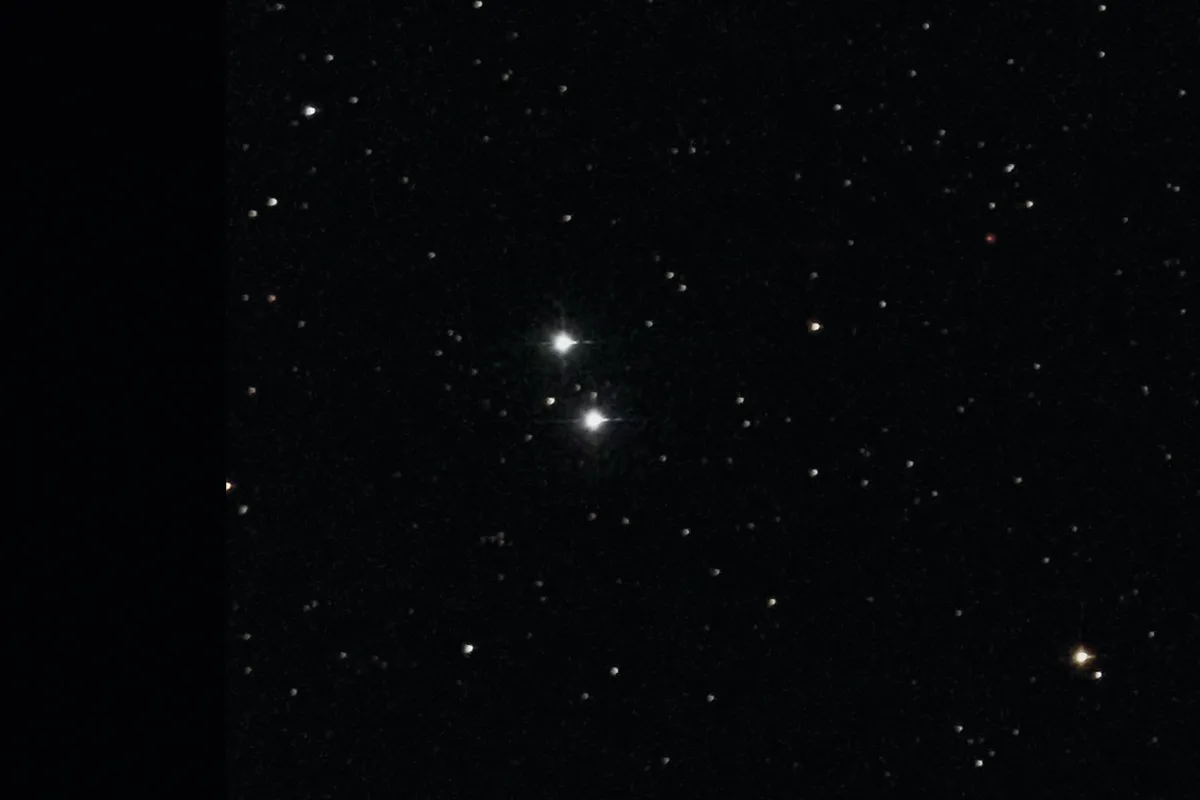
This fifth-magnitude double star can be found very close to Vega, and can be split easily with binoculars and even with the naked eye if your eyesight is good. Epsilon Lyrae is often referred to as the Double Double, because each of its members is also a double star.
This guide originally appeared in the July 2023 issue of BBC Sky at Night Magazine.

